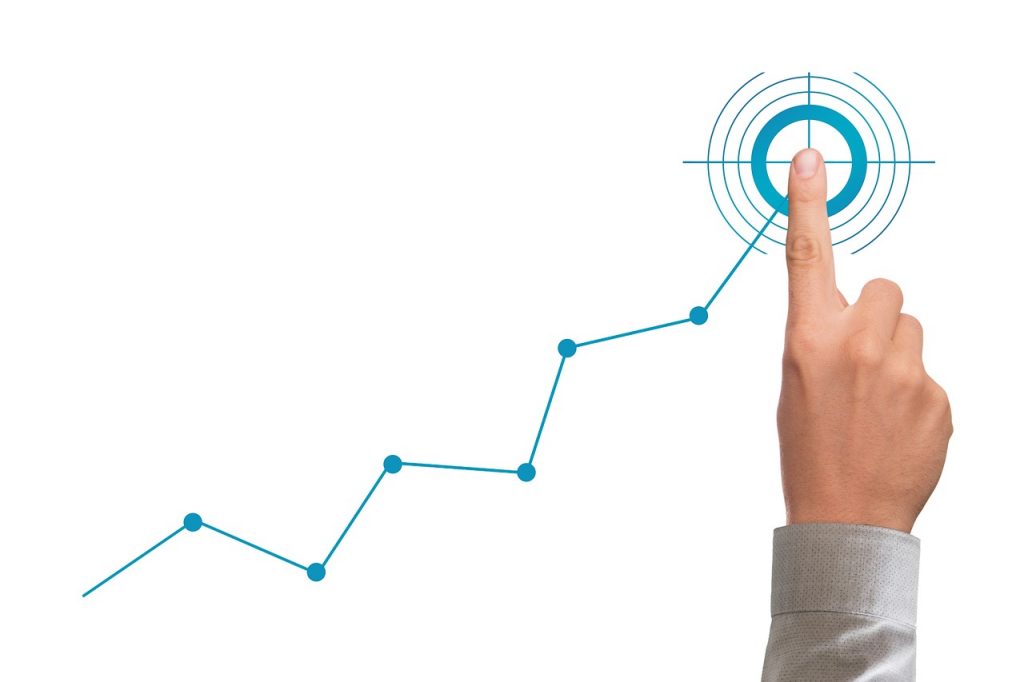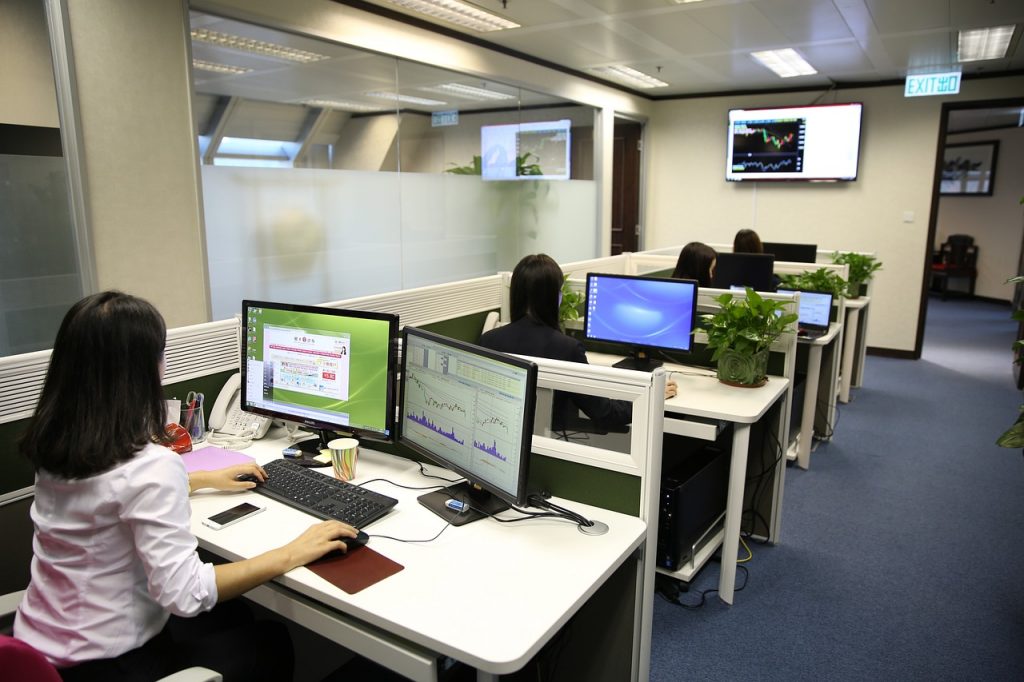APAC and MENA
Asia is home to 60% of the world’s 8.2 billion people. China and India are the most populous countries in the world, with 1.4 billion inhabitants each. The economy in the APAC region has been developing at a steady and dynamic pace for many years. The individual countries differ significantly in terms of language, religion and society, as well as economic conditions and GDP per capita. Each market presents a unique set of opportunities and challenges, mirroring the diversity of the individual countries themselves. It is essential to examine the region and its individual countries in closer detail.
Growth in Asia and the Pacific region exceeded expectations at the end of 2023, reaching 5.0% for the year. While some economies are still struggling with price pressure, others are at risk of deflation. However, growth is expected to stabilise at 4.5% in 2024.
UAE
The United Arab Emirates offers an excellent geographical location to serve the entire Middle East and North Africa. Features of the UAE’s solid economy include
Strong financial reserves and large sovereign wealth funds
Healthy international relations
Consistent government spending on infrastructure, digital transformation and innovation
Multi-specialised free zones, such as the leading IFZA
IFZA is a dynamic international free zone based in Dubai. Its strategic location and world-class infrastructure make it ideal for SMEs and start-ups looking to set up in the UAE and do business in the region. In 2022, the UAE recorded strong growth in net trade with Kazakhstan: transport ($520 million), machinery ($79.4 million) and instruments ($44.7 million).
China
The impact of a deeper correction in the real estate sector in China poses a certain risk. However, it is clear that some positive policies are being released and that there is a great focus on sustainable economic development.
The government has learned a lot from the economic development in recent years and will undoubtedly review the best way to develop, in future. China is at a turning point where the government provides more effective support to economic development rather than talking. When private and foreign ventures rebuild confidence by what they see and what they feel on the improvement, the future will be fine. Therefore, the economic performance next year (2025) shall be better than this year.
India
India is currently experiencing economic growth at a rate that is among the fastest in the world. Over recent years, the country has undergone a significant economic transformation, shifting from a service-oriented economy to a global manufacturing hub. India’s relatively young population and lower production and labour costs compared to China make it an attractive proposition for businesses. Following the decline in growth rates caused by the pandemic in 2020, now the Indian economy is forecast to grow by 7.0% in 2024, with projections of 7.2% for 2025. The service sector continues to expand at a robust pace, while strong growth is also anticipated in the industrial sector.
The country offers a stable economic and political environment based on democratic principles. It also boasts a highly skilled workforce, particularly in IT and mechanical-technical sectors. Renowned institutions such as the Indian Institute of Technology (IIT) in Delhi and the Indian Institute of Science in Bangalore produce excellent graduates, as do universities in Mumbai, Chennai, Kanpur and Kharagpur. Personnel costs are significantly lower than in China.
With the introduction of the Goods and Services Tax (GST) in 2017, India implemented a fundamental reform of its sales tax system. The new system is comparable to the European model and contributes to modernizing the economy.
In addition to the country’s substantial need for industrialization, the Modi government’s economic agenda offers interesting entry opportunities into the Indian market. Programs such as the National Industrial Corridor Development Programme (NICDC) aim to connect the current major economic areas of Mumbai (Bombay), Bengaluru (Bangalore), Chennai (Madras), and Kolkata (Calcutta). It is India’s most ambitious infrastructure program, aiming to develop futuristic industrial cities that can compete with the world’s best production and investment locations: https://www.nicdc.in.
The “Make in India” (MIIM) is an initiative by the Government of India to create and encourage companies to develop, manufacture and assemble products in India and incentivize dedicated investments into manufacturing. The local manufacturing content required depends on the market segment.
In addition, the Indian market offers interesting opportunities for German medium-sized companies from the mechanical and engineering sector, for example, industrial water treatment. Environmental initiatives such as the Namami Gange program, with a budget of USD 5 billion for cleaning the water of the river Ganges, show growing environmental awareness. “Zero Liquid Discharge” programs in many areas of Indian industry not only help conserve the country’s scarce water resources but also drive investment in industrial water and wastewater treatment, as well as waste management.

The APAC region offers numerous business opportunities that are of interest to companies from various industries. On our Opportunities and Possibilities page, you will find detailed insights into the region’s economic potential and growth prospects. Discover how you can leverage the various markets to optimally expand your business activities successfully.

The cultural differences within the APAC region are profound and can have a significant impact on business success. On our culture page you can learn more about the specific cultural characteristics that are crucial for business interactions in Asia. Learn how to avoid cultural misunderstandings and how to communicate and negotiate effectively.